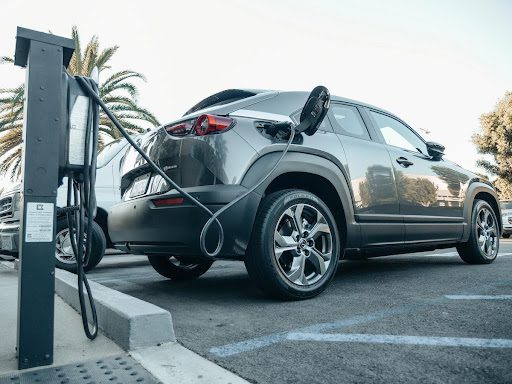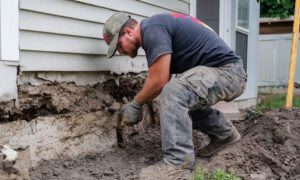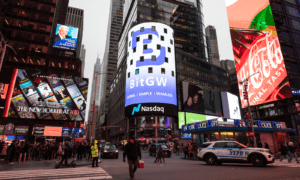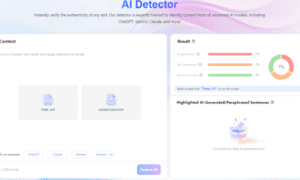With the growing popularity of electric automobiles, one company that has truly transformed the market is Tesla. Tesla automobiles have become a symbol of sustainability and innovation, thanks to their sleek design and cutting-edge technology. However, as electric vehicle users are all too aware, charging time can be a huge issue. So, how long does it take to charge a Tesla? In this post, we will look at the numerous elements that influence charging time and the various choices accessible to Tesla users to guarantee they never run out of power on their adventures.
The charging process of Tesla
Charging a Tesla is faster and easier than many people believe. While charging an electric vehicle (EV) takes longer than recharging a typical automobile with gasoline, the amount of time it takes to charge up a Tesla can be greatly decreased by using fast-charging options. The duration is also affected by variables such as the type of charger utilized and the Tesla model.
For example, it may take 48 to 72 hours to completely charge a Tesla Model S with its huge battery pack using a typical residential outlet. However, using a Level 2 charger can cut charging time in half or more. In general, these chargers deliver roughly 25 miles of range per hour of charging. You can acquire up to 170 miles of range in only half an hour if you have access to a Level 3 Supercharger, which are often found along highways and enable high-power DC charging.
It’s important to note that while these are rough estimates for charging times, they might vary depending on factors like battery state and temperature. Furthermore, starting with a higher state-of-charge (SOC) level will result in slower charging rates due to built-in battery safety and longevity safeguards.
Charging options: Home, Supercharger, Destination chargers
Tesla vehicle owners have a variety of charging options available to them, depending on their needs and region. These choices’ simplicity and accessibility make owning an electric vehicle more enticing than ever before. To begin, home charging is frequently seen as the most convenient and practical alternative for Tesla owners. With the installation of an dedicated charger at home, such as the Tesla Wall Connector, you may wake up to a fully charged car every morning, eliminating the need to visit a public charging station.
Supercharger stations are useful for longer excursions or when you need a rapid charge on the go. Because of their powerful infrastructure and modern technology, these high-speed chargers can charge your Tesla far faster than regular charging stations. Superchargers are not only conveniently positioned near major highways and popular attractions, but they also allow drivers to take a break during long drives while their car charges.
Destination chargers are a lesser-known but equally valuable option.
These are frequently put in hotels, restaurants, shopping malls, and other places where people spend a lot of time. While they are not as quick as Superchargers, they do provide a convenient way to charge your vehicle while going about your everyday activities or relaxing. Furthermore, many establishments now provide destination chargers as an extra bonus to clients or guests.
Tesla owners have the flexibility they need for varied driving conditions by recognizing and utilizing all available charging options, from home chargers to Superchargers and destination chargers.
Factors affecting charging time: Battery size, charger type
The charging time of a Tesla is governed by various elements, the most important of which is battery size. Simply said, larger batteries take longer to charge than smaller ones. This is because charging speed is determined by the pace at which energy can be delivered into the battery cells. A larger battery simply requires more energy to charge, resulting in longer wait periods.
The type of charger utilized is another aspect that influences charging time. Tesla vehicles are compatible with several sorts of chargers, ranging from normal 120-volt outlets to high-speed superchargers. Standard wall outlets have the slowest charging speeds and may take many days to recharge completely. Superchargers, on the other hand, provide substantially faster rates and can restore up to 80% of battery capacity in about half an hour.
When charging a Tesla, the size of the battery and the type of charger both play important factors in determining how long it takes to regain full power. While larger batteries take longer to charge due to their greater energy storage capacity, using the correct charger can dramatically cut wait times. Individual choices and needs determine whether to use slower but more convenient home charging or fast-paced superchargers on road trips.
Typical charging times for different Tesla models
One of the most significant advantages of Tesla automobiles is their fast charging capabilities, which allow for fewer pauses during long-distance driving. However, charging times vary depending on the model. Using Tesla’s Supercharger network, for example, the Model S and Model X can charge to 80% in around 40 minutes. This implies that drivers can take a shortstop and return to the road with adequate range to reach their destination comfortably.
While the Model 3 uses Superchargers as well, it has a somewhat faster charging capabilities. With the latest software update, some Model 3 variations can now reach speeds of up to 1,000 miles per hour when connected to a V3 Supercharger. This means that drivers would be able to add approximately 250 miles to their range in about 30 minutes – ideal for squeezing in rapid chargers during busy travel schedules.
Also, more current versions, including the redesigned Model S and X, include an improved charging technology known as Tesla Plaid. These new vehicles feature even faster charging speeds, with up to 187 miles of range available in just five minutes! With Tesla constantly making technological and infrastructure breakthroughs, it is apparent that they are devoted to offering not only reliable electric vehicles but also seamless comfortable long-distance journeys for their customers.
Tips for faster charging and maximizing efficiency
Fast charging has been a lifeline for many smartphone users, allowing them to charge their devices swiftly in the midst of hectic schedules. However, there are various ways you can use to further optimize this process and make the most of your valuable time. One frequently ignored issue is the charger itself; utilizing a strong charger compatible with your device will dramatically cut charging times. Furthermore, it is recommended to close all superfluous apps and disconnect from Wi-Fi or mobile data while charging, as these operations squander important energy that could be spent completely to recharging your phone.
Although fast charging is a game-changing technology, certain practices can undermine its effectiveness without our knowledge. Keeping your phone’s battery between 30% and 80% charged has been shown to extend its longevity and optimize charging speeds over time. Furthermore, monitoring the cable connecting your smartphone to the charger on a regular basis will minimize voltage drop-offs caused by loose connections or frayed wires, which can impair fast-charging capabilities. Finally, if you’re utilizing wireless chargers, make sure your smartphone is properly placed and aligned on the pad, as imperfections might result in irregular contact, which leads to slower charging rates.
Conclusion: Embracing the future of electric vehicles.
Finally, the time it takes to charge a Tesla depends on various aspects, including the model, battery size, and type of charger used. While a typical household outlet can take up to 48 hours to fully charge a smartphone, investing in a Level 2 charger can cut this time to roughly 6-12 hours. The fastest option is to use a supercharger station, which may provide up to 200 miles of range in just 15 minutes. However, it is crucial to note that charging durations can be influenced by ambient factors as well as the quality of the battery. As electric vehicles gain popularity, innovations in charging technologies are projected to lower charging times even further.

































